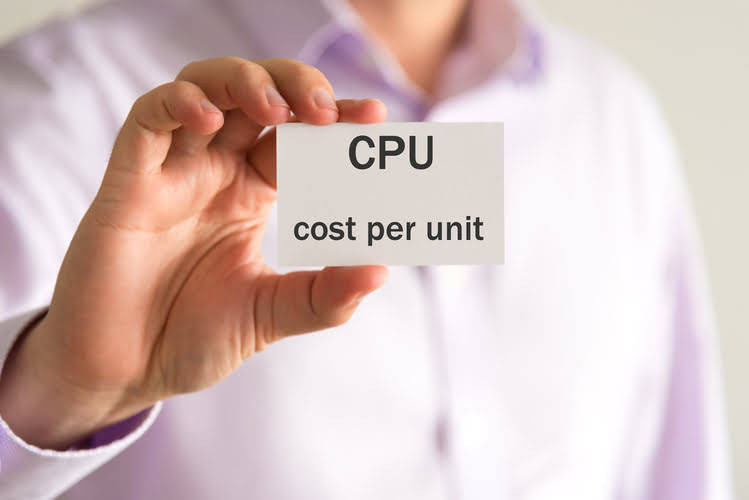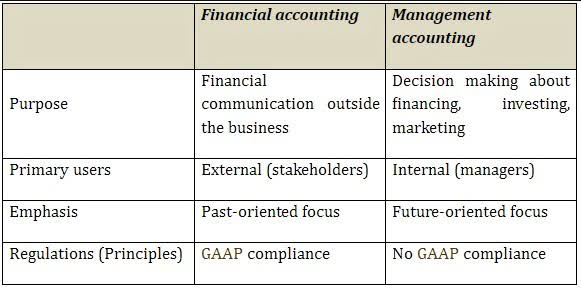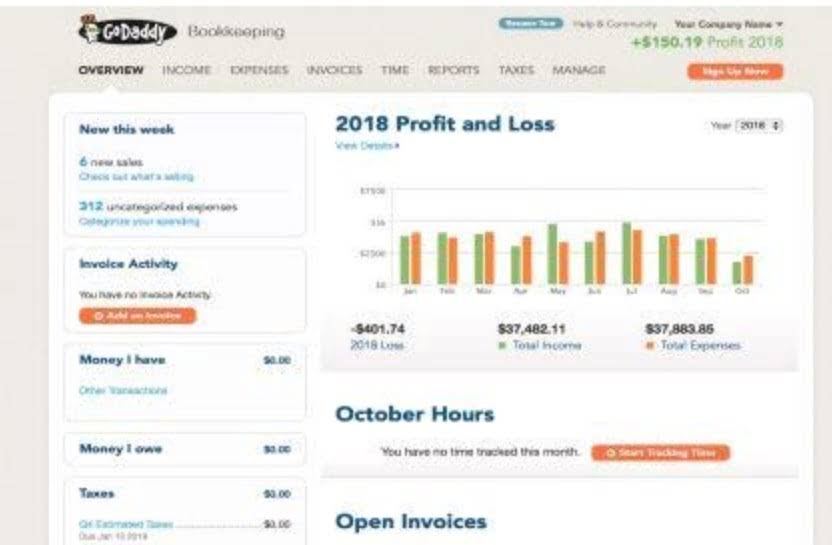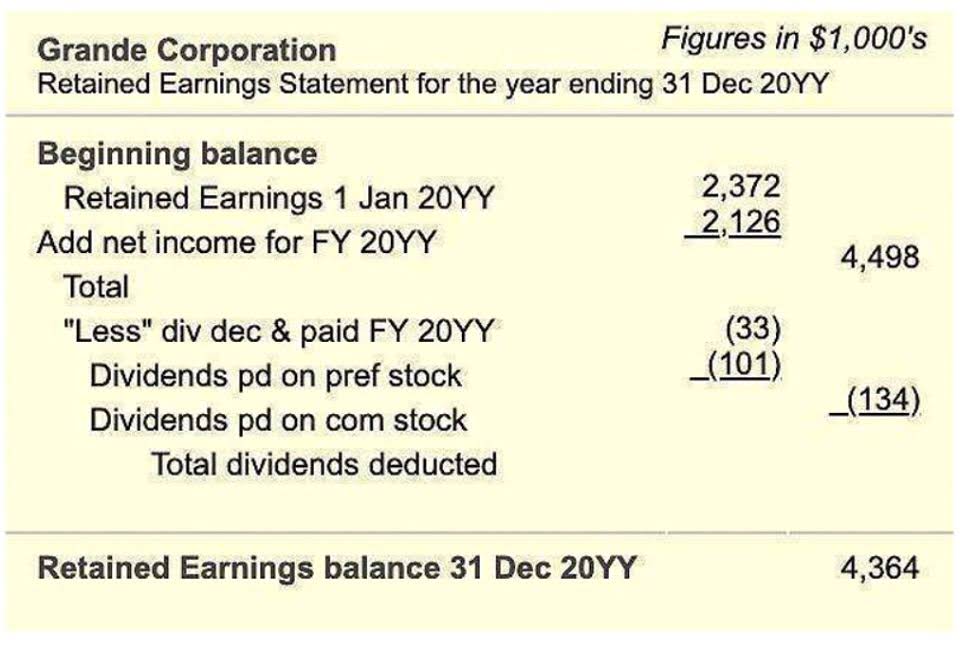The general ledger must be updated more regularly (daily or weekly) since it HOA Accounting is a record of all financial transactions. Annual financial statements, which cover the financial period for the year, are also customary. The only way to know if your financial records match your bank account is to perform a bank reconciliation. You should review your bank account monthly to ensure there’s no fraud or irregular activity. Knowing the three methods of accounting is a key factor in financial success. This way, you won’t have trouble keeping track of your financials over time.
- Simply put, accrual accounting remains the best HOA accounting method because it paints a more accurate picture of your association’s finances.
- This report will also show how much was collected through dues and whether there was a surplus or deficit.
- Train staff handling records to recognize sensitive information and follow appropriate protocols for protection.
- The content on this website is provided without any warranty and does not constitute legal advice.
- Consequently, many communities seek help from third parties that provide HOA accounting services.
What Is Financial Oversight in an HOA?
- Being a member of an HOA board means you’re involved in homeowners association accounting.
- Financial oversight can be overwhelming for HOA board members, especially those without accounting experience.
- It should also outline the check numbers, chart of accounts numbers, and any related invoice numbers.
- By recording transactions as they occur, you get an accurate and up-to-date view of your HOA’s financial health.
That’s why board members must have a clear system for budgeting, tracking expenses, auditing finances, and managing delinquent assessments. As Colorado’s leading community management company, our team is well-versed in all aspects of HOA accounting. Furthermore, our services are tailored to meet the unique needs of each association, ensuring financial clarity, transparency, and compliance. Professional HOA accounting services bring a wealth of expertise in financial management and compliance. This ensures the association operates within the bounds of the law and only deploys best practices.
What role does technology integration play in HOA accounting?
Many HOA finds it easier to record revenues when earned but to wait to record their expenses until they have made the payment. These all-in-one software platforms allow HOAs to create branded public-facing tools that increase trust in their organizations. Tracking down a financial error in HOA financial statements based on paper records or offline spreadsheets can take days, frustrating board members and raising questions. The cash disbursements ledger tracks all outgoing payments, including checks and cash transactions. This ledger helps board members monitor spending and ensure all payments are accounted for.
The Homeowners’ Bill Of Rights!
Because HOAs are non-profits and usually tax-exempt, you most likely won’t owe money. The end of the summer might sound like it’s too early to start setting your budget for next year. This term means that you act in a way that benefits someone else financially. As an HOA volunteer, your fiduciary duty is to the association and the residents. You can’t act in your own self-interest and can be prosecuted if you make financially unsound or personally biased decisions.
When it’s time to create a budget for the next year, take time to review vendor contracts to verify if prices are going to stay the same, or go up. Even a small increase can negatively impact the budget if the association isn’t prepared for it. Management companies that have adopted modern, digital accounting practices can also integrate their financial systems with other HOA technology.
HOA Accounting Records:
Our online bill approval system requires two Board members (with their unique login) to review all invoices and approve them prior to payment. The Income Statement is meant to inform the Board how the association is doing compared to its budget. It shows the current period actual expense, budgeted expense and any variance between the two. For a smaller community this can be all that is needed along with a willing volunteer to handle the accounting.
- This report gives the homeowners association and the community manager information to help them track financial transactions.
- Some small HOAs prefer this method, but most professionals still recommend the accrual method.
- Annual financial statements, which cover the financial period for the year, are also customary.
- For instance, even though there are three accounting methods, California law directs that HOAs should use the Accrual Basis when preparing their pro forma operating budget.
- An HOA audit is basically a review of your previous year’s financials.
Board members can use these statements to help with decision-making. While it is generally the treasurer’s job to prepare these statements, many HOAs enlist the help of an accountant or an HOA management company for this task. Civil Code Section 5200(a)(3)(d) states that records must follow an accrual or modified accrual basis whenever an HOA member requests copies of the association’s financial records.




















